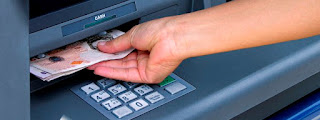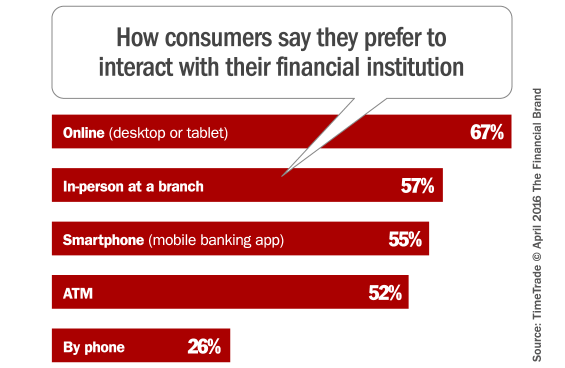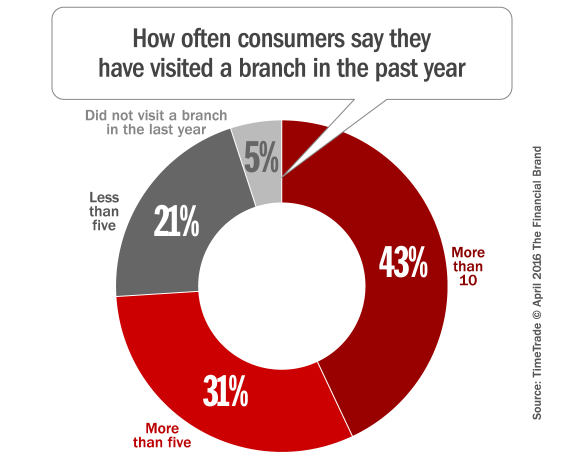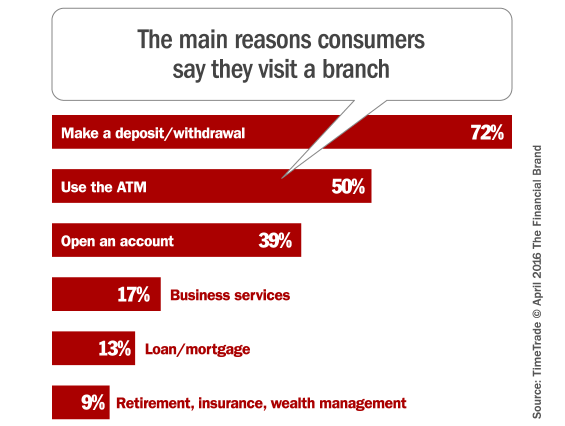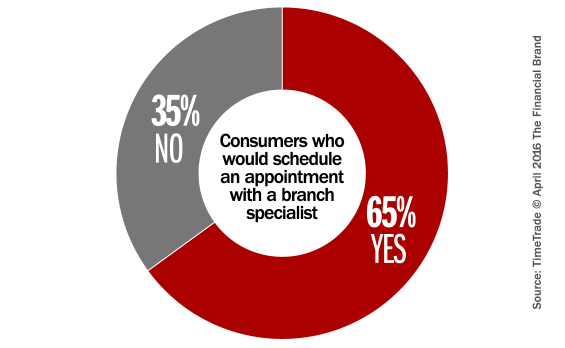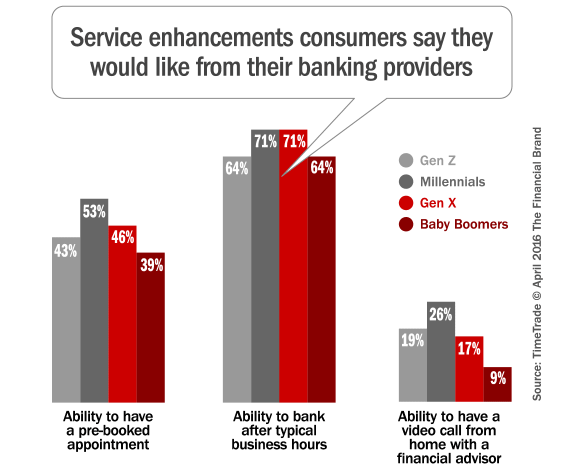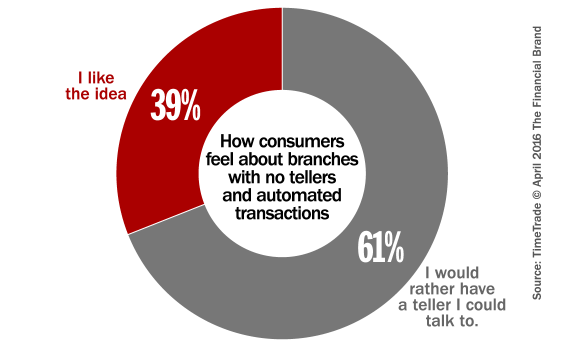Wednesday, 6 September 2023
EU Just Changed Smartphones Forever
Thursday, 13 January 2022
ATM usage is headed the way of the payphone
The availability of ATMs may have peaked at 470,000 units scattered across the U.S. in 2019, with a fall-off since then to 462,000 in 2020 and an estimated 456,000 last year, a spokesperson for research firm Euromonitor International said in updating its report on financial cards and payments in the U.S.
Kendrick Sands, Euromonitor’s head of Consumer Finance Research, expects that downward trend to continue.
The automated tellers are disappearing in tandem with banks closing local branches. The banking strategy pivot comes as digital banking and payment alternatives become more widespread.
Get the full story HERE.
Monday, 8 March 2021
Data Detox: Smartphones - Firefox
We use our phones for everything from reading news to texting friends to ordering in to playing games. All that convenience at our fingertips comes at a cost: our personal data and mental health. It’s hard to be present in the moment when push notifications and texts are enticing us to look down. Meanwhile, the amount of personal data we share, many times without even realizing, can be alarming.
But not all hope is lost! Here are five simple steps you can take to protect your data and add space between you and your phone when you need it.
Friday, 5 March 2021
The Smartwatch and Payments
When it comes to payments a lot of new technologies are now in play. So which of these newfangled devices are being used most frequently to make payments. Check out the position of the smartwatch. Smartwatch usage is quiet a surprise.
Thursday, 11 July 2019
The future of financial services
About the Speaker: The futurist and best-selling author of books like “The Augmented” and “Bank 4.0” founded the fintech Moven, the world’s first mobile, downloadable bank account. He also advised the Obama administration on fintech policy. His radio show “Breaking Banks” reaches 3.6 million people in 140 countries.
Monday, 16 July 2018
Beyond the Smartphone: New Mobile Opportunities
Wednesday, 20 April 2016
Which Banking Channel Do Consumers Want More?
This study exposes the mounting tension between old and new delivery channels: traditional branches vs. digital self-service. Are consumers really ready to ditch bricks for clicks?
Consumers today still crave one-to-one attention from their banking providers, and have a strong preference for in-person assistance when making major financial decisions such as first-home mortgages. That’s according to a study from TimeTrade.
In their “State of Retail Banking 2016 – Consumer Survey,” research findings reveal that all ages — but particularly younger generations — say they value the option to visit an actual, physical branch. Both Millennials and Gen Z express a more intense preference for in-person discussions than other generational segments. When it comes to important financial issues, they are among the most willing to visit a bank or credit union branch for advice.
The TimeTrade survey, which encompassed over 2,000 participants, found that nearly half of consumers look to visit a branch, and are more keen to do so when they have bigger banking questions. 43% of respondents report visiting their bank branch more than ten times a year, with the average consumer saying they visited their bank branch an average of roughly six times per year.
When visiting a branch, 78% said one of the reasons they came in person was that they required assistance from a specialist… perhaps because other digital and self-service channels failed?
( Read More: Banks Frustrate Consumers Who Want a More Personal Experience )
TimeTrade says the data indicates that in-person meetings are still a priority, especially when high-value services are involved. However, just because consumers are willing to drive to a branch doesn’t mean they will be patient when they get there. 64% of consumers say they are willing to wait less than ten minutes to be helped.
One way that banks can provide people with a simpler and more convenient service is by offering them the ability to pre-book appointments. 46% of respondents say they would like their bank to offer this option, and 65% overall are receptive to the idea.
Despite industry buzz, consumers seem — for the most part — indifferent about café-style branches, with the majority of respondents in the TimeTrade study saying it has no influence on their decision of where they bank. They couldn’t care less about coffee and wifi, so they say.
Consumers are also reluctant to embrace a fully-automated branch model. When banking consumers were asked how they felt about branches with no tellers and automated transactions, more than half said they would prefer the option of being able to talk to a teller. Still… there are quite a few consumers who seem more than willing to consider going branchless.
Respondents in the study also expressed apprehension about automation occurring more generally in the banking industry, overwhelmingly saying that — when there’s a need — they would prefer face-to-face assistance from actual people rather than from options like online/remote tellers.
Gary Ambrosino, CEO of TimeTrade, says today’s consumers have the same “on-demand” digital expectations when banking as they do when interacting with retail, travel and other brands. “At the same time, the data tell us that people still want a face-to-face experience when making big financial commitments — not strictly automated online services — and they expect these services with minimal wait-time,” explains Ambrosino.
“In banking, personalization equals trust,” says Ambrosino. “Smart banks are positioning themselves to build trust — and get more business — by personalizing banking experiences.”
Monday, 2 November 2015
How Uber Works: Insights into Business & Revenue Model
From Juggernaut -
“Uber is an on-demand transportation service which has brought a revolution in the taxi industry all across the world. The business model of Uber has made it possible for people to simply tap their smartphone and have a cab arrive at their location in the minimum possible time.
Uber is one of those few tech companies in the world that has been valued over $50 Billion. Uber has already received an equity funding of $8.2 Billion and is present in 60 countries. These facts surely shows the trust of investors in Uber’s business model and make it easy for us to imagine how much revenue will Uber be making once it attains liquidity.”
Read more>>
Wednesday, 14 October 2015
The dark side of wearables: How they're secretly jeopardizing your security and privacy
From Tech Republic –
“The seductive lure of activity and health wearables make it easy to forget, or ignore, the inherent security and privacy risks involved.
The gentle buzz of a wearable device vibrates on your wrist at 7 am. You sync the device with your smartphone to see how well you slept. The result: poor. You feel groggy, so you drink extra coffee, which increases your heart rate, a data point also recorded by your wearable. You trudge through your morning routine more slowly than usual, so you skip that half hour on the elliptical and head for the office.”
Read more>>

